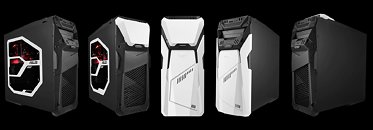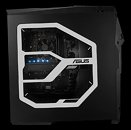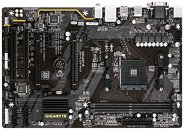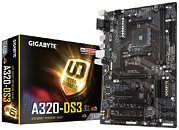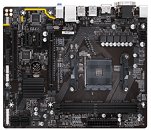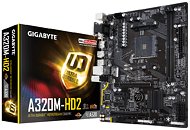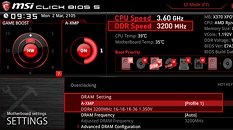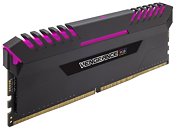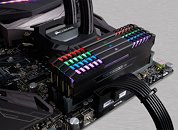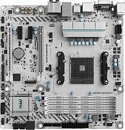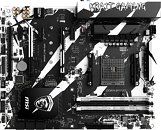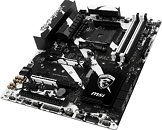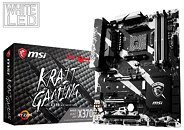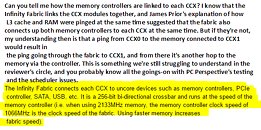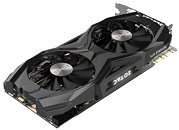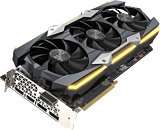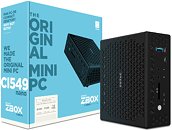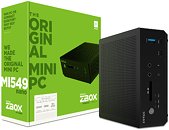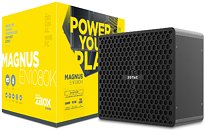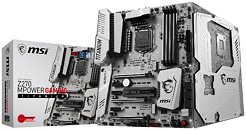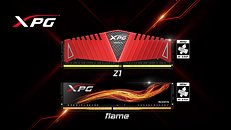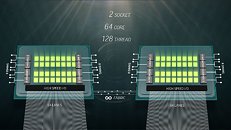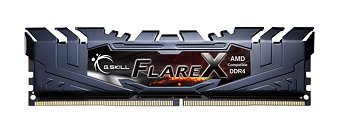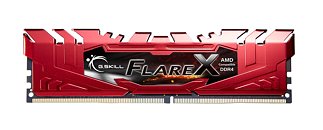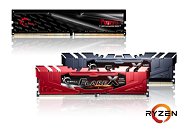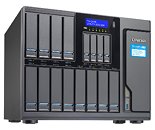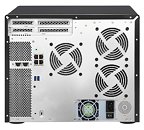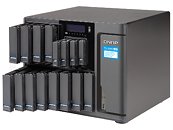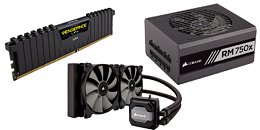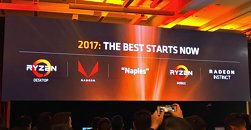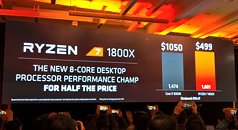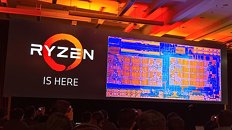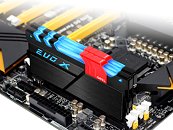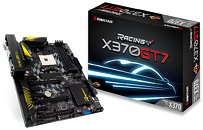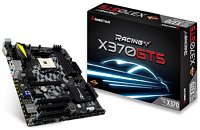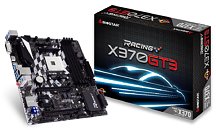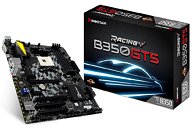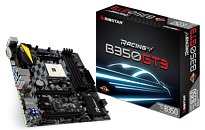
BIOSTAR Intros the X370GTN Mini-ITX Socket AM4 Motherboard
BIOSTAR today introduced the first AMD X370 chipset based socket AM4 motherboard to the market, with the X370GTN. The board comes with out of the box support for AMD Ryzen processors, with TDP of up to 95W. It draws power from a combination of 24-pin ATX and 4-pin ATX power connectors, and conditions it for the AM4 SoC using a 7-phase VRM. The socket is wired to two full-length DDR4 DIMM slots, supporting up to 32 GB of dual-channel DDR4-3200 memory; and the lone PCI-Express 3.0 x16 slot, besides some of the I/O ports.
Storage connectivity includes four SATA 6 Gb/s ports from which two are directly wired to the AM4 SoC, and one 32 Gb/s M.2-2280 slot with NVMe booting support (reverse side). USB connectivity includes two 10 Gb/s USB 3.1 ports (including a type-C port), and six USB 3.0 ports (four on the rear panel, two via headers). The board features BIOSTAR's Hi-Fi onboard audio solution, and a gigabit Ethernet connection driven by Realtek DragonLAN controller. Display outputs include DVI and HDMI.
Storage connectivity includes four SATA 6 Gb/s ports from which two are directly wired to the AM4 SoC, and one 32 Gb/s M.2-2280 slot with NVMe booting support (reverse side). USB connectivity includes two 10 Gb/s USB 3.1 ports (including a type-C port), and six USB 3.0 ports (four on the rear panel, two via headers). The board features BIOSTAR's Hi-Fi onboard audio solution, and a gigabit Ethernet connection driven by Realtek DragonLAN controller. Display outputs include DVI and HDMI.








